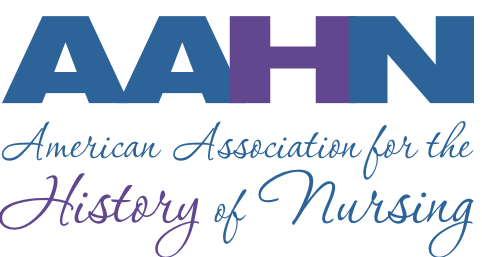- Home
- About AAHN
- Membership
- Research & Resources
- Publications
- Conference
- Members Only
- Contact Us
|
President’s message School Nurses: A Necessary School Supply August is clearly “Back to School” month. Target’s shelves teem with pencils, notebooks, crayons, and Elmer’s glue; L.L Bean’s catalog boasts ads for monogrammed backpacks; Kohl’s shelves brim with Nike’s shoes; Apple Stores promote mini-MACs, MacPros, IPads, and IPhones. Meanwhile, churches and community organizations throughout the nation hold drives to help teachers by contributing to their stock of classroom supplies; parents urged to send in extra boxes of tissues, bottles of hand sanitizer, and packs of computer paper. What is missing, however, is a community drive for what schoolteachers need most: the school nurse. Since Henry Street Settlement’s leader, Lillian Wald, initiated the idea of the school nurse in New York City at the turn of the 20th century, there has been a steady decline in their employment: mostly because of state and local budget cuts. Yet the school nurse’s role is critical to the health of the nation’s children. That need was no more apparent than it was in the 2015 Flint, Michigan, water crisis, after city officials switched the source of the city’s water from Lake Huron to the Flint River to cut costs. Flint residents, the majority of whom were Black or mixed race, complained of discoloration, a bad taste to the water, skin rashes and hair loss, and it was soon discovered that individual households’ water had staggeringly high levels of lead. That year a local pediatrician announced that many of Flint’s children had lead poisoning and would need follow-up. By this time, school nurse Eileen Tomasi was seeing dozens of children with lead poisoning. Indeed, the percentage of young children with elevated levels of lead in their blood had almost tripled in Flint since April 25, 2014 – the day officials had changed the city’s water source. The problem: Tomasi was the only nurse for 11 schools; she needed help. For the residents of Flint, the situation was a crisis; for Tomasi, it highlighted an unprecedented need for more school nurses—a need Wald had seen more than a century ago when she sent Lina Rogers into urban schools to address children’s health needs there.1 Today, after the passage of several relief acts, the redirection of the water source, the distribution of water and water filters, and the repair of many of the damaged pipes, much of Flint is in recovery. Moreover, if there is one small “silver lining” to the cloud of problems: state officials directed relief funds to hire additional school nurses. At least now, teachers in Flint have the help they need to provide critical follow-up care for the children affected – many of whom are poor and underserved. However, it should not take a crisis to add more nurses to schools throughout the country. Implementing that idea is one “common sense” solution from the past that we would do well to support today. (Perhaps we can draft a position statement to that effect at our meeting in Dallas. I welcome your feedback: [email protected].) 1 Arlene Keeling, Michelle Hehman, and John Kirchgessner, History of Professional Nursing in the United States: Toward a Culture of Health, (Springer, 2018): 370
|
